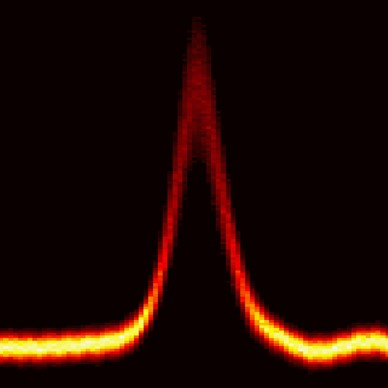Jan 21 2020
Led by Germán J. de Valcárcel Gonzalvo, Professor of Optics at the University of Valencia, a research team including scientists from five countries has proposed a new theory—the coherent master equation.

Image Credit: R&I World
As well as explaining the behavior of pulsed lasers based on fast materials, the new theory also underscores its effects of quantum coherence (the potential of light electrons and material to oscillate in unison for a specific time period). These lasers have the ability to constantly emit intense light pulses of one-billionth of a second and have immense scientific and technological implications.
The study was recently reported in the Nature Communications journal and paves the way for designing lasers of new types, specifically using semiconductor materials, from quantum theory. Quantum theory specifically describes the interactions between luminous radiation electrons and matter.
Mode-locked (ML) pulsed lasers are extensively applied in microscopy, medical-surgical, telecommunications, or spectroscopy methods. They are also used in basic science experiments that facilitate studies on fundamental phenomena.
In addition, they prove to be crucial in precision metrology based on optical frequency combs (a kind of radiation used, apart from others, in remote sensing or GPS technologies), for which John L. Hall and Theodor W. Hunsch were awarded the Nobel Prize in Physics in 2005.
According to Germán de Valcárcel, although ML lasers were developed almost when the laser first originated in 1960, a simple, predictive theory of its behavior was proposed only in 1975. Termed the master equation, this framework was created by Hermann A. Haus and has been successfully applied to several types of ML lasers.
The researchers from France, Spain, Italy, the United Kingdom, and New Zealand have focused on the drawbacks of this theory, including the fact that it cannot account for how these lasers behave when the amp medium’s response is rapid pulse repetition frequency.
The team solved this challenge by performing a set of semiconductor-based laser experiments to confirm the theoretical predictions of their theory—the coherent master equation—which also describes the coherent quantum effects detected by other research teams in earlier experiments.
The new theory opens the door to exploiting the rich phenomenology of these effects in the design of new types of ML lasers, which could lead to new functionalities and uses, especially in areas such as precision metrology or optical communications.
Germán J. de Valcárcel Gonzalvo, Professor of Optics, University of Valencia
The study forms part of the goals of the “Non-Linear Dynamics and Quantum Fluctuations of Optical Cavities” project (Research Project of Excellence FIS2017-89988P of the Ministry of Science, Innovation and Universities).
Germán de Valcárcel is the main researcher of the project, along with Eugenio Roldán, and Fernando Silva and Adolfo Esteban-Martín have also contributed to the project. All of them are professors and members of the group of Quantum Optics, Nonlinear Optics and Laser Physics at the University of Valencia.